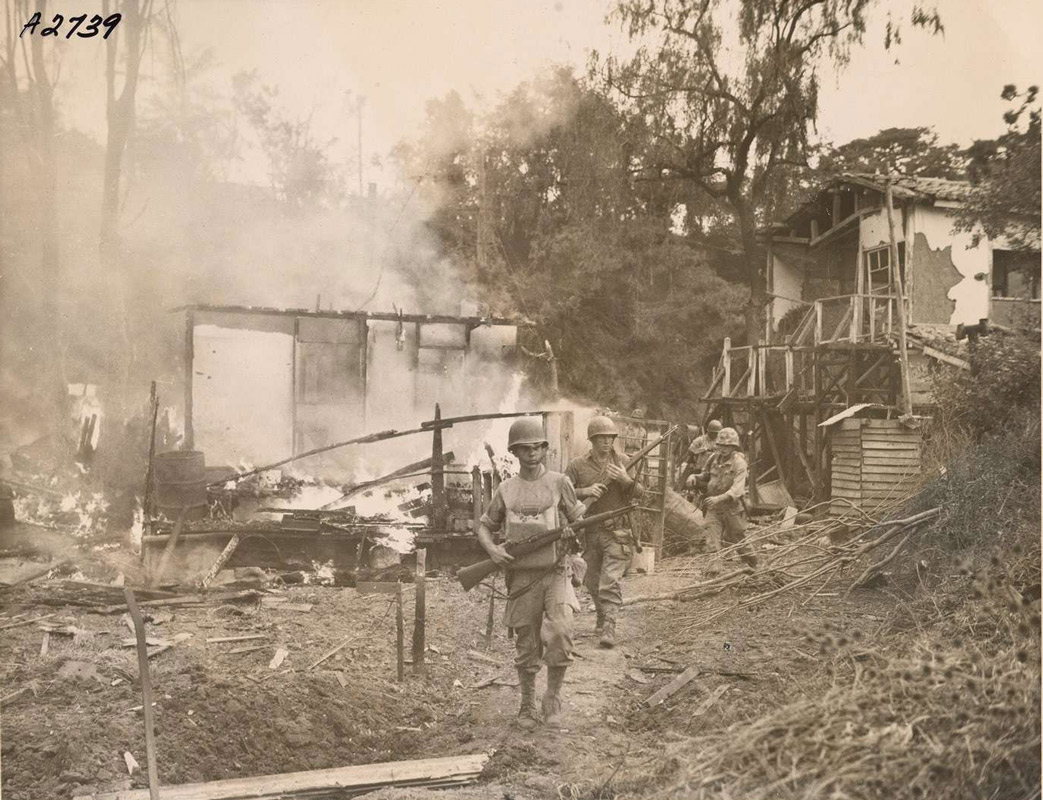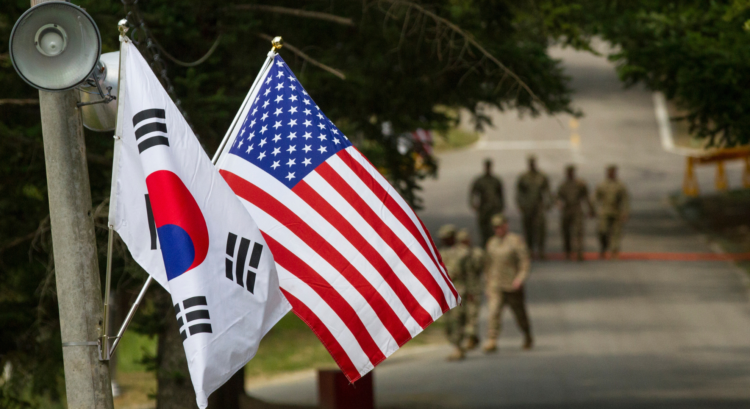Long before becoming one of the world’s largest economic powerhouse, South Korea was part of an impoverished and stagnant peninsula that had been under the grip of the Japanese Empire until 1945. When Japan surrendered following the devastating aftermath of the Hiroshima bombing, Korea was among the territories they had let go of and handed to the victorious Allied Powers led by Soviet-American forces. However, the peninsula’s occupation turnover was marred by tensions between the United States and the Soviet Union that would then escalate due to a clash of ideologies—one wanting to establish a free, independent Korean government, while the other pushed for communism.
Many citizens living in the south have been keen on the democratic government the US has introduced, highlighting that it would be the most efficient way to revive the country’s economy. On the other hand, communist ideology has been spreading like wildfire in the north, and while the US and Soviets agreed on dividing the peninsula, known as the 38th parallel, Koreans have their own unification ambitions.
Representing the north, Kim Il Sung rose to prominence with his ambition to establish a communist government called the Democratic People’s Republic of Korea (DPRK) across the peninsula. Meanwhile, nationalist exile Syngman Rhee, upon returning to Korea, voiced out his intentions of organizing a government in line with American democratic principles, known today as the Republic of Korea (ROK). With their own ideologies, each wanted to rule the entire peninsula, and with talks becoming ineffective and unproductive, the north finally pulled the trigger and launched a coordinated attack against the south—officially breaching the peace. The war on June 25, 1950, lasted for three long, bloody years, with millions of lives lost that further tore the relationship between the north and south, each side loathing the other.

The south was at the losing end at one point. The entire region would almost have its head bowed down to the communist north if it wasn’t for the international coalition led by the United States coming to the rescue. Also known as the United Nations Command (UNC), it was the first organized global unified command in history that would assist the south as the north received military support from its communist brethren: the Soviet Union and China.
The Korean War had become the catalyst that would forge the strong relations between South Korea and the US. After the war, the latter lent a helping hand to the former to revive its struggling economy and guide it to become what it is today. Despite managing to declare a ceasefire between the warring peninsula, the conflict between the north and south continued to press on even up to this date.
This is why the south maintains its military strength and invests in new military weapons to ensure that it can deter future attacks from its close neighbor adversary. Besides trade and commerce, the US has also been active in helping ROK train its forces and even installed a military base with thousands of troops assigned to help keep the peace.
Since the end of the Korean War, South Korea has made a fruitful journey up the economic powerhouse ladder compared to its counterpart. Nonetheless, Seoul keeps up with its security defenses as long as Pyongyang is active, especially with the latter’s budding nuclear and ballistic missile programs.
In recent months, North Korea has been interpreting the routine military drills between South Korea and the US as a provocation, resulting in the communist-led country scaling up the live-fire testing of its ballistic missiles. This alarmed not only the alliance but also Japan, which has been receiving some of Pyongyang’s ballistic missiles near its territory—causing destabilization and additional tension in the already tense region with the China-Taiwan conflict and the Russia-Ukraine war.
With the threat still alive today, the security alliance between the US and the ROK has been forged and upgraded to become more tight-knit than ever. The organization of military drills and exercises among the many activities that maintain both countries’ bond. This has been a routine drill to ensure both remain in tip-top shape just in case the north decides to wreak havoc. Through the guidance of the US forces, South Korea has evolved to develop its own powerful military troops, ranking top six among the world’s strongest military with over 500,000 active personnel and thousand more reserves thanks to its mandatory military enlistment. Moreover, it owns the world’s largest, most capable military equipment, including several submarines, tanks, combat jets, and attack helicopters.
South Korea may have been standing firmly on its feet today, but it is undeniable that it would still need its big brother SAM if the worst-case scenario, like the US, would require the ROK forces. Both have become significant allies throughout the years, and for as long as the difference of ideologies in the peninsula continues to exist for the years to come.
Reference
Excerpt: The US-South Korea Alliance. (2022, November 4). Excerpt: The US-South Korea Alliance | Council on Foreign Relations. Retrieved November 28, 2022, from https://www.cfr.org/excerpt-us-south-korea-alliance
US Enters the Korean Conflict. (2016, August 15). National Archives. Retrieved November 28, 2022, from https://www.archives.gov/education/lessons/korean-conflict
RANKED: The world’s 20 strongest militaries. (n.d.). Business Insider. Retrieved November 28, 2022, from https://www.businessinsider.in/defense/ranked-the-worlds-20-strongest-militaries/slidelist/51930339.cms
Stueck, W. (1995). The United States, the Soviet Union, and the Division of Korea: A Comparative Approach. The Journal of American-East Asian Relations, 4(1), 1–27. http://www.jstor.org/stable/23612581










COMMENTS
You must become a subscriber or login to view or post comments on this article.